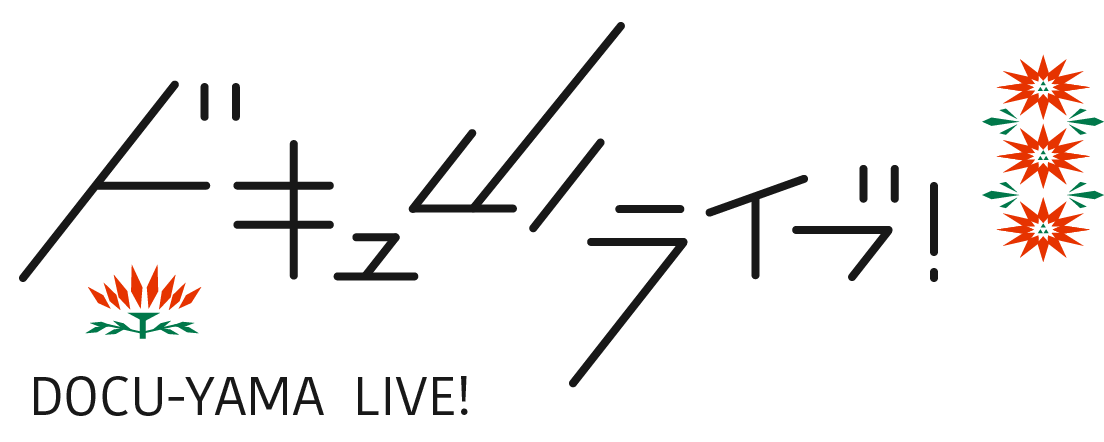Benny Chan Yin Kai’s Raging Land 3 : Three Valleys (2011) can be interpreted as the Hong Kong version of Shinsuke Ogawa’s Sanrizuka series of films about the struggle of villagers against the efforts of the Japanese government to evict them from their homes in the name of urban transportation development. Something similar happened in 21st-century cosmopolitan Hong Kong. However, in the chaotic field of the battle between the police and the villagers depicted in Chan’s film, sometimes you can hardly see the villagers. It’s like a war between egg and stone: a few villagers can be surrounded by twenty or more policeman, in a ratio of ten to one, maybe. And we can’t actually call it a battle, because the villagers are willing to leave the village and allow the government to construct a railway in the name of connecting the Great China. The conflict was initiated by the government by evicting the villagers before they have settled down in, or even built, their new houses.
Chronicling the progress of the incident of Choi Yuen village in Hong Kong, director Chan produced a series of films starting in 2008. In the third episode in the series, Chan portrays the latest stage of this endless “battle” (as it is described in a subtitle) in an epic length of five hours, dealing not just with the villagers’ struggle against the police, but also with their internal conflict over the planning of their new homes. Throughout this documentation, Chan shows the villagers and the battles at a close distance. Instead of using wide and long shots, Chan stays close to the villagers with medium shots. The iron wire in the “battlefield” scene can be seen as just a few centimeters to the camera. That is simply because Chan is one of the participants in the whole incident, where groups with different social concerns join forces together to actively support the villagers in opposing the injustice of the Hong Kong government.
Raging Land 3 : Three Valleys is a participatory documentary, made in a manner similar to the active present of Ogawa in the Sanrizuka series. Chan does not hesitate to chat with the villagers from behind the camera. Casual questions and greetings form a continuous communication between Chan and the villagers, simply because everyone who supports the villagers is indeed part of the village.
Raging Land 3 : Three Valleys does not consist of a lot of action scenes; what you will find here instead is a documentation of the oppression of the less powerful people, the aged and farmers. The film is calling for an awareness of the injustice, or even inhumanity, behind the so-called lawful project of the Hong Kong government. In one scene, the protestors occupy a bulldozer and a song is sung. The song is the Chinese version of the famous revolutionary theme song, “Do you hear the people sing?”, which contains the lyric, “look at the people hand in hand, fighting for justice and freedom”. Raging Land 3 : Three Valleys is a film inviting your alliance of hands.
![ドキュ山ライブ! [DOCU-YAMA LIVE!]](http://www.yidff-live.info/wp-content/themes/yidff-live_2017/images/header_sp_logo1.png)

